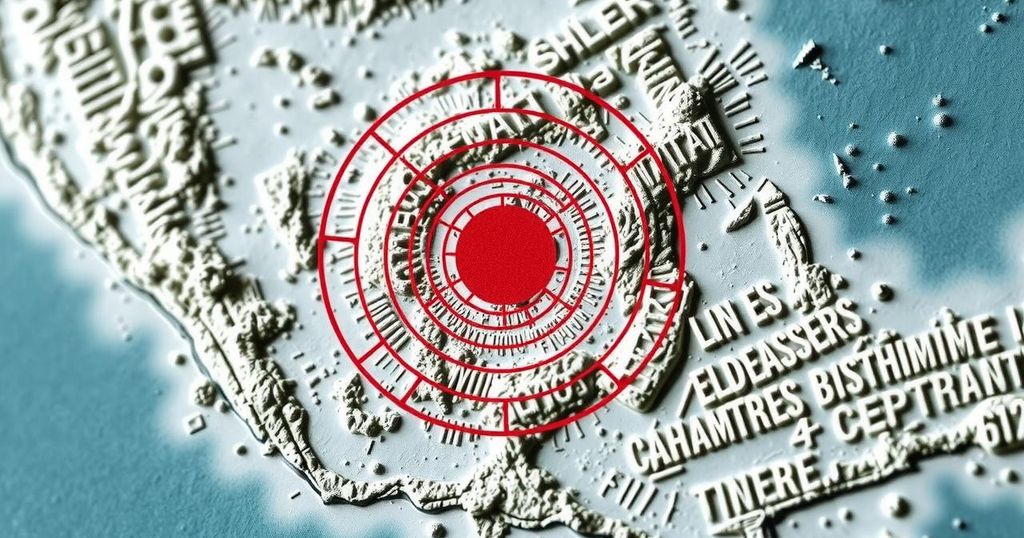6.1 Magnitude Earthquake Strikes Chile Amid Increased Seismic Activity

A 6.1-magnitude earthquake struck Chile on January 2, 2023, centered in Calama. Subsequently, a sequence of earthquakes were reported in California and Alaska, indicating heightened seismic activity. The USGS has documented these events, calling attention to the implications for local communities.
On January 2, a 6.1-magnitude earthquake occurred in Chile, as confirmed by the United States Geological Survey (USGS). This seismic event was centered near Calama at a depth of 99 kilometers (approximately 61.5 miles). At the time of reporting, the USGS indicated that 25 individuals had felt the quake.
This incident in Chile follows a series of seismic activities across different regions including California, where a 4.7-magnitude earthquake struck Cobb on January 1, at a depth of 1.1 kilometers (around 0.7 miles). Just days before that, on December 30, Alaska reported a 3.3-magnitude earthquake centered in Nikolski, occurring at a depth of 39.5 kilometers (about 25 miles).
In an ongoing series of earthquakes in the region, additional seismic events were reported such as another 3.3-magnitude quake in California, and a notable 6.7-magnitude earthquake on December 27 in the Kuril Islands at a depth of 162.6 kilometers (about 101 miles). The Kuril Islands incident was preceded by various other seismic activities including a 3.6-magnitude quake in McCarthy, Alaska, and a 3.0-magnitude earthquake in Clayton, California, which collectively suggest heightened seismic activities in these areas.
The frequency of seismic activity in regions such as Chile, California, and Alaska highlights the dynamic nature of Earth’s tectonic movements. Earthquakes are a common occurrence, particularly in zones where tectonic plates meet. The activity reported recently indicates a series of quakes with varying magnitudes, which can have significant implications for local populations and infrastructures. Understanding these events is vital as they can lead to both immediate and long-term impacts on safety and emergency preparedness in affected areas.
In conclusion, the 6.1-magnitude earthquake in Chile serves as a reminder of the ongoing seismic activities worldwide. Following this event, several earthquakes in California and Alaska have also been documented, reflecting a pattern of increased seismicity. Monitoring these occurrences is crucial for disaster preparedness and response efforts, as well as for the overall understanding of tectonic activity in these regions.
Original Source: www.kfyi.com








